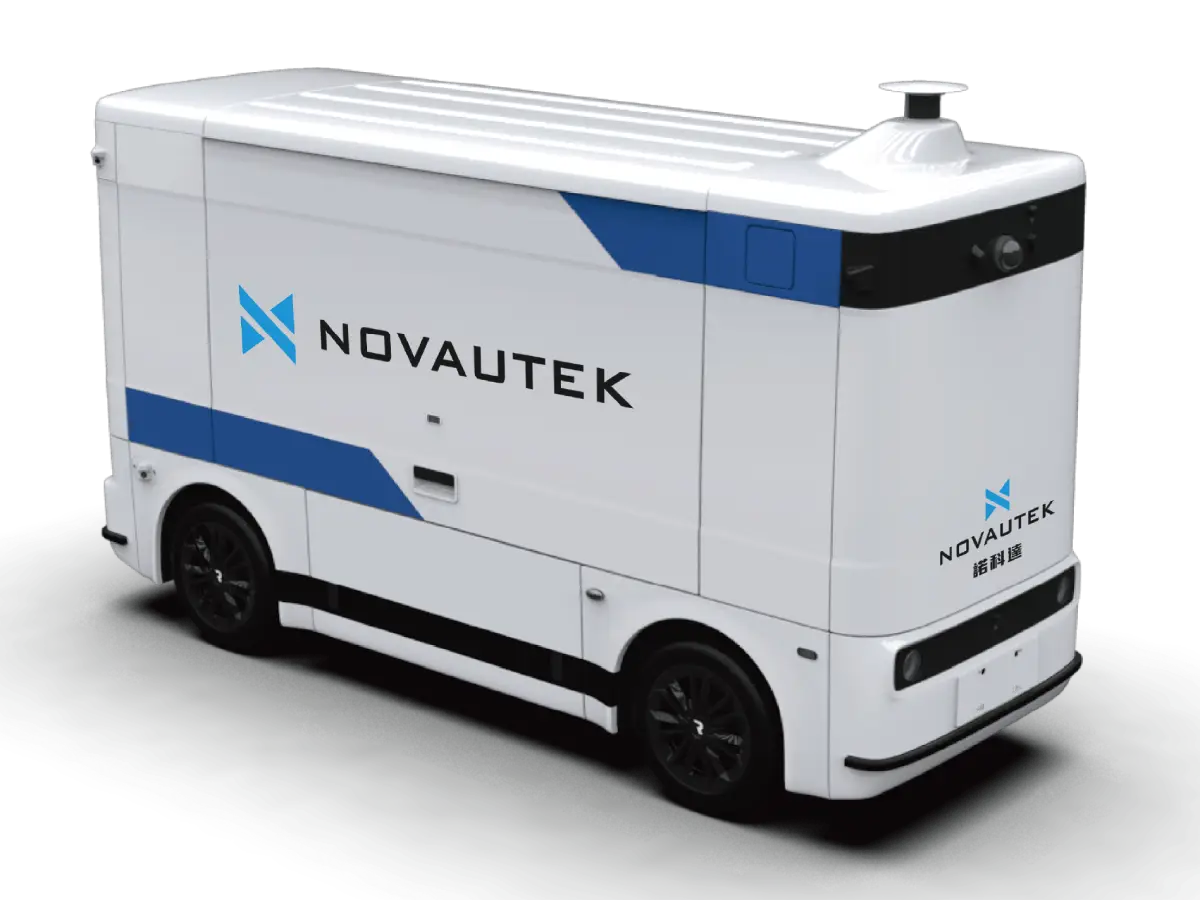Revolutionizing Last-Mile Delivery with Autonomous Technology
The landscape of business delivery operations is undergoing a dramatic transformation with the emergence of delivery robots. These autonomous machines are reshaping how businesses handle last-mile logistics, offering innovative solutions to age-old delivery challenges. As companies strive to meet increasing customer demands for faster, more efficient delivery services, delivery robots are proving to be game-changing assets in the modern supply chain.
From restaurants and retail stores to hospitals and corporate campuses, delivery robots are demonstrating their versatility across various industries. These sophisticated machines combine advanced navigation systems, artificial intelligence, and robust safety features to transport goods efficiently and reliably. The technology represents a significant leap forward in addressing the complexities of urban delivery while providing businesses with competitive advantages in today's fast-paced market.
Core Benefits of Implementing Delivery Robot Systems
Enhanced Operational Efficiency and Cost Reduction
When businesses integrate delivery robots into their operations, they often experience immediate improvements in delivery efficiency. These autonomous systems can operate continuously without the need for breaks, potentially handling hundreds of deliveries per day. The reduction in human labor costs is substantial, as one delivery robot can perform the work of multiple delivery personnel.
The financial benefits extend beyond direct labor savings. Delivery robots minimize human error in deliveries, reduce insurance costs associated with human delivery drivers, and eliminate expenses related to vehicle maintenance and fuel. Companies implementing these systems typically report operational cost reductions of 30-50% compared to traditional delivery methods.
Improved Customer Experience and Satisfaction
Modern consumers expect quick, reliable delivery services, and delivery robots excel in meeting these expectations. These autonomous systems provide consistent delivery times, real-time tracking capabilities, and contactless delivery options. Customers appreciate the novelty and efficiency of robot deliveries, often leading to increased satisfaction and loyalty.
The precision of delivery robots ensures that orders arrive at their exact destination, minimizing delivery errors and customer complaints. Many systems also offer features like SMS notifications and digital proof of delivery, enhancing the overall customer experience through transparent and professional service.
Technical Capabilities and Implementation Considerations
Advanced Navigation and Safety Features
Today's delivery robots incorporate sophisticated navigation systems that combine GPS, cameras, sensors, and machine learning algorithms. These technologies enable robots to safely navigate crowded sidewalks, avoid obstacles, and adapt to changing environments. The multi-layered safety systems ensure reliable operation in various weather conditions and urban landscapes.
Safety protocols include emergency stop functions, remote monitoring capabilities, and secure compartments for protecting delivered items. These features make delivery robots particularly suitable for businesses operating in urban areas where traditional delivery vehicles face parking and access challenges.
Integration with Existing Business Systems
Modern delivery robots are designed to seamlessly integrate with existing business management systems. They can connect to order management software, inventory systems, and customer service platforms, creating a cohesive operational ecosystem. This integration capability ensures smooth workflow management and real-time delivery tracking.
The implementation process typically involves minimal disruption to existing operations, with most systems offering user-friendly interfaces for staff training and management. Businesses can start with a small fleet and scale up as needed, making the transition to robot delivery systems both manageable and cost-effective.

Environmental and Social Impact
Sustainability Benefits
Delivery robots contribute significantly to environmental sustainability efforts. These electric-powered machines produce zero direct emissions, helping businesses reduce their carbon footprint. In urban areas, they can replace numerous car-based deliveries, decreasing traffic congestion and associated pollution.
The environmental advantages extend to reduced paper waste through digital delivery confirmation and decreased packaging requirements. Businesses implementing delivery robots often find they align well with corporate sustainability goals and appeal to environmentally conscious consumers.
Community and Workforce Implications
While some express concerns about job displacement, the implementation of delivery robots often leads to job transformation rather than elimination. New roles emerge in robot fleet management, maintenance, and customer service support. Businesses can reallocate human resources to more complex tasks that require personal interaction and decision-making.
Communities generally benefit from reduced traffic congestion, quieter streets, and improved accessibility to delivery services. Many businesses find that delivery robots help them extend their delivery radius and service hours, creating new opportunities for growth and community engagement.
Future Outlook and Scalability
Technological Advancements on the Horizon
The delivery robot industry continues to evolve rapidly, with ongoing improvements in artificial intelligence, battery life, and carrying capacity. Future generations of robots are expected to handle more complex delivery scenarios, navigate indoor spaces more effectively, and operate in increasingly challenging environments.
Emerging technologies like 5G connectivity and advanced machine learning will further enhance the capabilities of delivery robots, enabling faster response times, better adaptation to environmental changes, and more sophisticated interaction with customers and infrastructure.
Business Growth Opportunities
As delivery robot technology matures, businesses can expect expanded opportunities for scaling their delivery operations. The flexibility of robot delivery systems allows companies to easily adjust their delivery capacity based on demand, enter new markets with minimal infrastructure investment, and experiment with innovative service models.
The data gathered from delivery robot operations provides valuable insights for business optimization, enabling companies to refine their delivery routes, timing, and resource allocation for maximum efficiency.
Frequently Asked Questions
How long does it take to implement a delivery robot system?
Implementation timelines typically range from 4-12 weeks, depending on the size of the operation and level of system integration required. This includes initial setup, staff training, and a pilot phase to ensure smooth operation.
What maintenance requirements do delivery robots have?
Delivery robots require regular maintenance checks, battery management, and occasional software updates. Most providers offer comprehensive maintenance packages, with routine service intervals typically scheduled every 3-6 months.
Can delivery robots operate in all weather conditions?
Modern delivery robots are designed to operate in most weather conditions, including light rain and snow. However, extreme weather conditions may require temporary service adjustments. Advanced sensors and weather-resistant materials ensure reliable performance in various environmental conditions.
What security measures protect delivered items?
Delivery robots feature secure, locked compartments that can only be opened by authorized recipients using unique codes or mobile apps. They are equipped with cameras and tracking systems, and their movements are monitored in real-time by central control systems.

